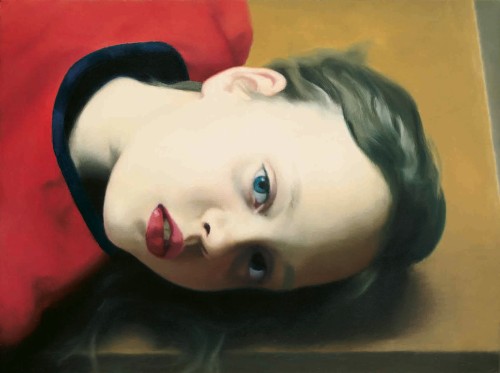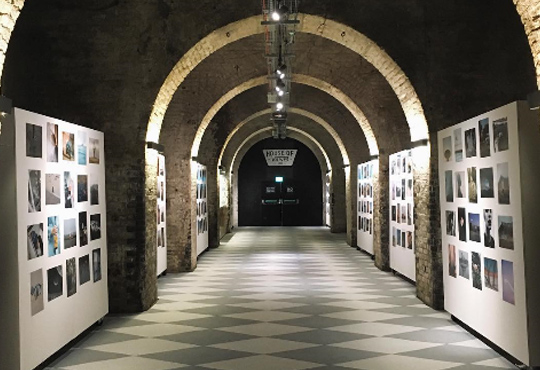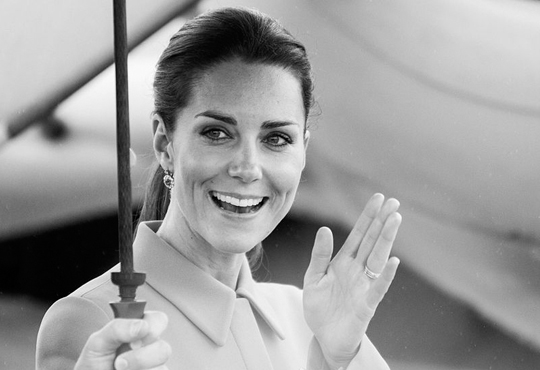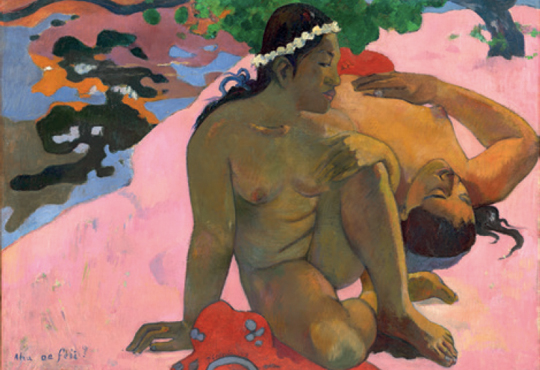
Gerhard Richter is known worldwide for his diverse and sometimes abstract approach to painting. Leaving his homeland of Communist East Germany, he travelled to Dusseldorf in 1961, where he became a painter. Fifty years later, his work is celebrated in an exhibition at the Tate Modern, which brings together his key works of art including some of his lesser-known sculptures.

The exhibition, which is titled “Gerhard Richter: Panorama” is situated on the fourth floor of London’s Tate Modern. It consists of fourteen rooms and encompasses the whole floor plan, filling each corner with a skilfully painted canvas or an intricate sculpture. The title of the exhibition itself makes you want to look around and survey the scene, taking in the magnificence of Richter’s work. Most importantly, however, it makes you notice the details of his work, the connections between the paintings, the similarities and the differences and the diverse range of techniques that go into making his masterpieces. Each room, laid out in chronological order, is dedicated to a period in Richter’s life. Starting in the 1960’s the exhibition goes on to cover works as recent as 2007, clearly showing the development of not just an artist but also the global art scene.
Stepping inside the first room, your brain goes into overdrive as you are faced with a display of ultra realistic paintings. After moving to Dusseldorf, Richter became inspired by photography later incorporating it as the basis for his paintings. Standing in front of one of these paintings and seeing every brush stroke is the only way you can convince yourself that the painting is not a photograph. He originally reached out to photography as a way of rejecting the powerful abstract movement of art that was growing in popularity at the time but instead of completely copying the photograph; he distorted his images with solvents and brushes to show how photographs capture movement. His painting ‘Table’ painted in 1962 is obscured and erased to recall the abstraction that was prominent at the time but also argues the importance of photographic imagery and abstraction as well as the inadequacy of both. His work from this period is littered with imagery relating to West Germany and his experience living there as an immigrant from East Germany. His work also takes on a political element with paintings such as ‘Uncle Rudi, 1965’ which was the first attempt in German art to confront the legacies of the Nazi past.
Richter’s work reaches out to the viewer on a personal level, with his paintings of his relatives and his daughter Betty all staring out at you, commanding your attention. ‘Aunt Marianne’ painted in 1965 was based on a real photo of his aunt who suffered from a mental illness and as a result was sterilised and killed by the Nazis. ‘Betty’ painted in 1977 features his daughter as a young girl, staring directly at the viewer illustrating how Richter’s paintings can be as haunting as they are enigmatic.

The exhibition also shows the other side of Richter’s work, his later more, abstract work. During the late 60’s and early 70’s he was heavily inspired by Duchamp and even created his works ‘4 Panes of Glass’ and ‘Ema’ as a retort to Duchamp’s major works ‘Large Glass’ and ‘Nude Descending a Staircase’. By the early 90’s onwards, Richter had moved into full abstraction, creating layers of paint on a canvas that he later distorted further by dragging a squeegee across the surface of the canvas. The main series of paintings that show this technique are his ‘Cage’ paintings. Cleverly hidden away until the very end, these paintings offer an array of colour, animated by the lines where the squeegee has brushed across the surface of the painting. In ‘Cage 4’ painted in 2006 deep reds dominate the top and bottom sections of the painting whilst pale blues and purples blur together to create complete abstraction.
Overall, the exhibition celebrates the life and work of one of the greatest 21st century artists in the world. Richter’s attention to detail and evocative subject choice allows people of all ages to relate to his paintings and this is why he has become such a global phenomena. This exhibition offers more than just aesthetically pleasing artwork; it offers you the chance to walk through history, experiencing events through the eyes of Richter himself.
By Grace Molan




I love the simple composition of his paintings, which actually convey a very complex set of emotions and feelings. That doubleness and sense of something else beneath the surface, is very intriguing.